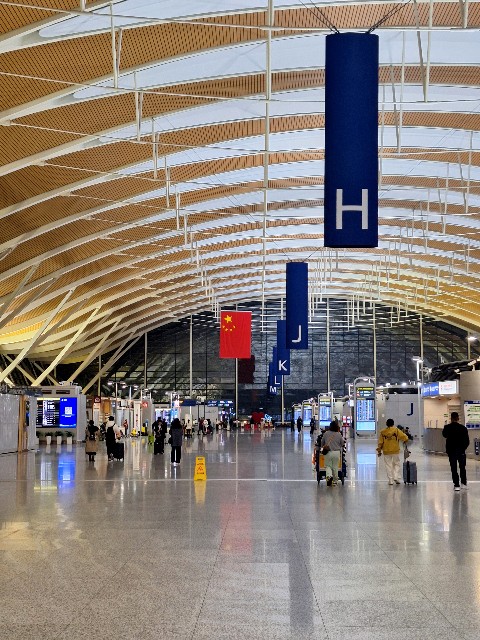
With the arrival of autumn, the season for “Da Zha Xie” (Shanghai hairy crab) has begun in Shanghai, China (although by the time this article is published, the peak season may have already passed). While Shanghai crabs are popular in many countries, choosing the wrong one can ruin your travel memories. Based on my personal successes and failures in China, I’ll share five key points to help tourists select the perfect Shanghai crab.
Tip #1: Male and Female Crabs Taste Completely Different
A major characteristic of Shanghai crabs is the difference in taste between males and females. Females are known for their fragrant roe (internal roe), with peak season from late September to October. Males, on the other hand, have firmer meat with a rich flavor, tasting best from late October to November. Size-wise, females tend to be smaller and relatively more expensive, while males are larger.
Distinguishing between male and female crabs is surprisingly easy. Looking at the abdomen reveals all: males have a narrow, pointed triangular shape, while females have a rounded, wider abdomen to accommodate eggs. The abdominal patterns also differ, with males having intricate patterns and females displaying relatively simpler ones.
When selecting a crab, first decide whether you prefer male or female based on what qualities you value most.
Tip #2: Choose Lively Crabs
The basic rule is to select live Shanghai crabs. Avoid those that remain motionless with their legs spread out. A healthy crab will quickly pull in its legs to protect itself when touched.
Pay special attention to the black, seaweed-like hair on the crab’s mouth and leg tips. Fresh crabs have dark black hair in these areas, which turns brownish as freshness declines. This is an essential indicator of freshness that you should always check.

Tip #3: Value Weight Over Size
It’s easy to be misled by the apparent size of Shanghai crabs, but what truly matters is the weight. For crabs of the same size, heavier ones indicate meat packed more densely inside. For males, 150-200 grams, and for females, 120-150 grams, offer the best balance of satisfying eating experience and reasonable price.
Tip #4: Know the Market Price
Shanghai crab prices fluctuate significantly depending on season and size. Be careful especially around National Day (October 1), when prices spike. As a general guideline, standard sizes (120-150 grams) cost about 100-200 yuan, while large sizes (180+ grams) range from 200-400 yuan.

Crabs sold cheaply at street stalls are likely not genuine Shanghai crabs
Be cautious if the price is significantly below market value. In coastal areas, “Sanmen green crabs” and other freshwater crabs circulate alongside Shanghai crabs and can be difficult to distinguish at first glance. These alternatives typically have less hair and may differ slightly in taste and texture from authentic Shanghai crabs.
Tip #5: Choose Reliable Vendors
Where you buy Shanghai crabs is also crucial. Ideally, you would purchase them at a market using your own judgment and then cook them yourself, which is most economical. However, this can be challenging for short-term travelers. There’s also the risk of mixed species, which novices might find difficult to identify.
Therefore, for tourists, I recommend visiting specialty shops or restaurants despite the higher prices. Specialty stores offer quality guarantees and on-site cooking. Popular establishments often require reservations, so research ahead of time.

Conclusion: Enjoying Shanghai Crabs Even as a Tourist
While Shanghai crabs are indeed expensive, they provide satisfaction worth the price when selected with proper knowledge. Understand the characteristics of males versus females, check freshness thoroughly, confirm weight, be aware of seasonal price fluctuations, and choose reliable vendors. With these considerations in mind, even short-term travelers can enjoy an authentic Shanghai crab experience without disappointment. Why not savor the authentic taste on-location this autumn to winter season?
![[Hourly Stays Available] Best Place for a Nap During a Shanghai Layover: Shanghai Dazhong Airport Hotel Review – Ultimate Convenience!](https://en.kosupatravel.com/wp-content/uploads/2025/04/20240818080110.jpg)




